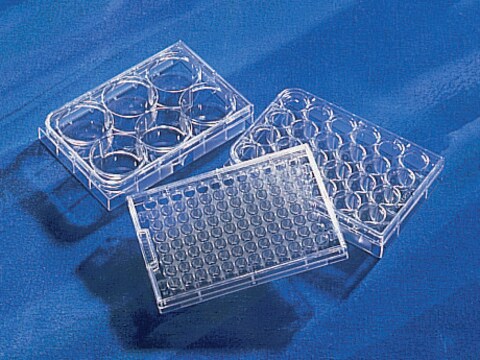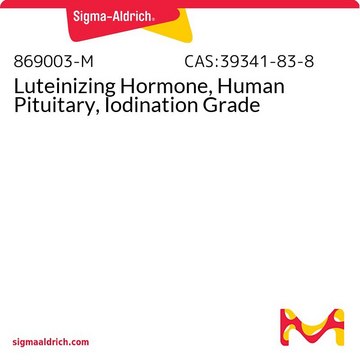O6254
Acide (R)-(−)-2-oxothiazolidine-4-carboxylique
≥98% (titration), suitable for plant cell culture
Synonyme(s) :
Acide L-(−)-2-oxothiazolidine-4-carboxylique
About This Item
Produits recommandés
Nom du produit
Acide (R)-(−)-2-oxothiazolidine-4-carboxylique, ≥97% (TLC), ≥98% (titration)
Essai
≥97% (TLC)
≥98% (titration)
Forme
(powder to crystals)
Technique(s)
cell culture | plant: suitable
Couleur
white to off-white
Chaîne SMILES
OC(=O)[C@@H]1CSC(=O)N1
InChI
1S/C4H5NO3S/c6-3(7)2-1-9-4(8)5-2/h2H,1H2,(H,5,8)(H,6,7)/t2-/m0/s1
Clé InChI
BMLMGCPTLHPWPY-REOHCLBHSA-N
Vous recherchez des produits similaires ? Visite Guide de comparaison des produits
Application
- Artificial elevation of glutathione contents in salicylic acid-deficient tobacco (Nicotiana tabacum cv. Xanthi NahG) reduces susceptibility to the powdery mildew pathogen Euoidium longipes : cette étude explore l'impact de taux élevés de glutathion sur la résistance à l'oïdium dans les plants de tabac présentant un déficit en acide salicylique, ce qui suggère une application potentielle de l'acide R-(-)-2-oxothiazolidine-4-carboxylique pour la gestion des maladies des plantes (Künstler et al., 2020).
Actions biochimiques/physiologiques
Code de la classe de stockage
11 - Combustible Solids
Classe de danger pour l'eau (WGK)
WGK 3
Équipement de protection individuelle
dust mask type N95 (US), Eyeshields, Gloves
Faites votre choix parmi les versions les plus récentes :
Déjà en possession de ce produit ?
Retrouvez la documentation relative aux produits que vous avez récemment achetés dans la Bibliothèque de documents.
Notre équipe de scientifiques dispose d'une expérience dans tous les secteurs de la recherche, notamment en sciences de la vie, science des matériaux, synthèse chimique, chromatographie, analyse et dans de nombreux autres domaines..
Contacter notre Service technique







